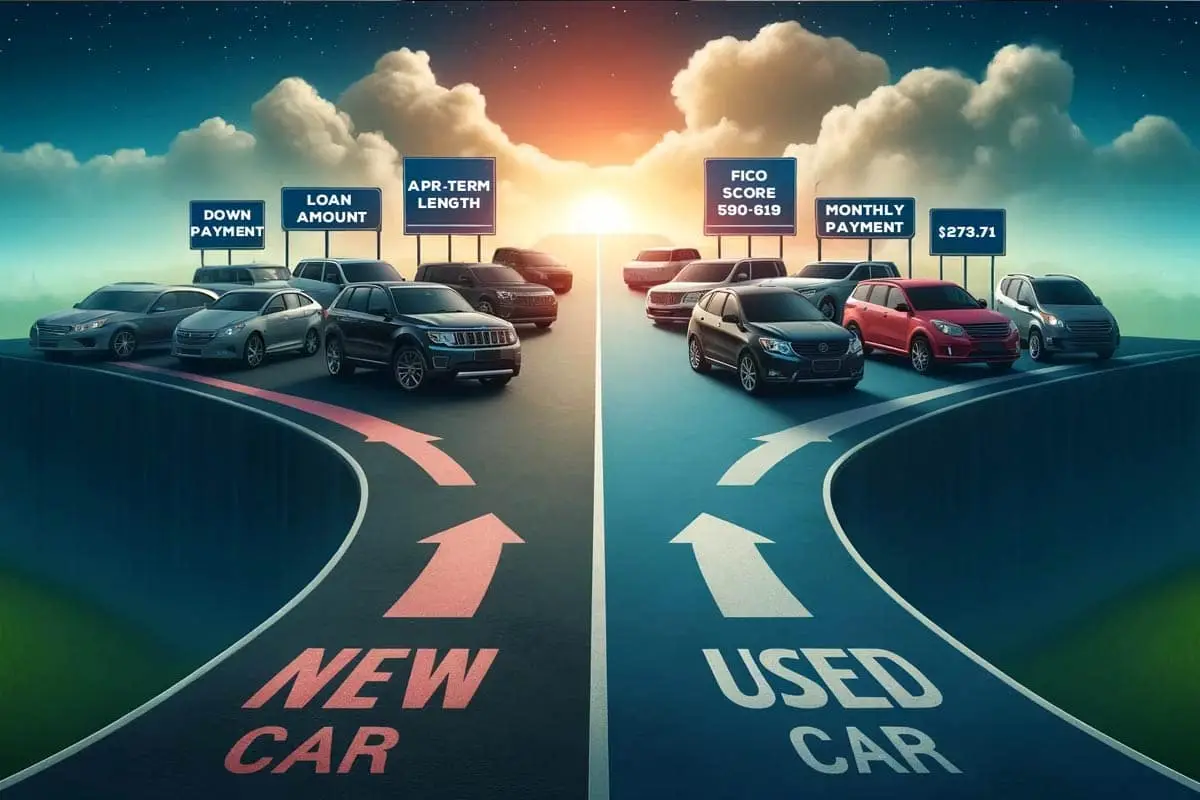
I often say knowing your customers well is a marketer’s superpower. To articulate how well you know your customer requires the development of buyer personas, which take a deep dive into the interests and traits of your target audience. To get started, identify whom you will market to.
Buyer personas touch on everything you do, from optimizing the functionality of your website to creating a product design to developing creative concepts, appropriately casting your ads, and anything in between – well-written personas will guide you through it all.
If you’re curious about how to create them, look no further. I’ll cover the ins and outs of what they are, as well as some tips and tricks for developing them in a DIY format.
Buyer personas are the foundation of all things marketing
Let’s start from the top. Buyer personas guide marketing campaigns, messaging development, and content creation. Building personas is a typical part of the web or user experience (UX) customer journey design in the digital world. Many teams utilize buyer personas. Therefore, many elements should be included.
I’ve discovered that a persona is also essential for content planning, especially global content planning. Content is never one-size-fits-all, so you need to be able to predict what will interest the buyers you’re hoping to attract.
Marketers, copywriters, designers, and even media planners need to have a solid handle on the purpose of what they’re building and, thus, must possess a strong understanding of the target customers it will attract and serve. This is where personas come in especially handy.
What I’ve noticed working with different clients is that a typical buyer persona won’t be able to serve every team’s needs. So, I often encourage my clients to take buyer personas that corporate has created and add additional layers of details as they see fit per the marketing function they work on.
Here is a great example: copywriters often ponder which words they should choose to resonate with their target audience.
The word “awesome” is more consumer-centric, yet a similar word, such as “superior,” is more appropriate for business professionals. Copywriters and web designers can take the high-level buyer persona and incorporate more details through AB testing to help agencies and freelancers to design creative concepts and write customer-centric copy.
A well-developed persona provides insight and direction for wording, images, content, tone, and design. For example, what matters to a Gen Z male living in an urban environment will likely differ immensely from a female Baby Boomer living in a rural area.
It’s vital to consider these differences, even if they are nuanced, to zero in on potential buyers’ specific wants and needs. Then, you can name your personas to reflect their traits and give them a bit more of a personal touch and three-dimensional feel.
There are plenty of templates you can find online. Here is my one-pager template.
Is it possible to create a global persona? The answer is yes, but it requires some work
Depending on your industry (be it manufacturing, healthcare, skincare, banking, or anything in between) and products (homogenous or highly localized across regions), it may require the development of several personas to satisfy different geographies’ needs based on audience segmentation.
The general rule of thumb: less persona is more.
To create a global persona, focus on commonalities in your audiences across regions
It’s common to include demographics such as age group, gender, and other factors, but things become even more nuanced when examining similar demographics around the globe.
For example, a cishet male 20-year-old living in Beijing may not listen to the same music as a cishet male 20-year-old who lives in Munich. However, their love of music and the constant use of a headset are common threads.
Another example is that IT managers in Brazil and Russia may have different network infrastructures but are likely equally concerned about security threats.
Zoom in on common challenges, pain points, needs, and desires that people share and pair that with the products and services you offer. Then, you can find your throughline to connect the dots.
Again, you may need to create several personas to serve different regions, so be very rigorous about it. Communicate with your geography or country managers to determine if it’s necessary to develop geography or country-specific buyer personas.
Do I need to market to every persona we created?
The answer is NO. Many of my clients have 15-25 personas, but their marketing divisions have finite resources and budgets. Therefore, there is no way that they can market to all personas in all countries and be effective.
You need to prioritize!
The way to prioritize is based on projected revenue by region, future growth, and even on-the-ground marketing headcount. First, you must determine how you will allocate your budget by personas and regions. In a corporate setting, this usually plays out during extensive discussions between sales, corporate marketing, and marketing; sometimes, product teams are involved as well.
To scale content across regions, it’s crucial to have a global persona to rally headquarters and geographic teams; that way, they have a baseline understanding of how to target their ideal customers. I often find that if headquarters and geographies can’t agree on the target audience, it’s almost impossible to move on to the next level of planning and execution.
Large enterprises have dedicated marketing research departments that work closely with research agencies to conduct quantitative and qualitative research from multiple countries to create one or several global personas. However, small and medium companies don’t typically have a budget to create a formal global persona. That’s OK. Suppose no one in your marketing organization owns the persona creation or discussion. In that case, you can start one yourself by talking to your sales representatives and conducting phone interviews with customers in multiple countries.
Create an informal slide or document with your findings to include:
- Demographics
- Behavioral attributes
- Target audience budget range
- Preferred devices
- Peers and influencers
- Communications preferences
- Content format preferences
- Job description
- Keyword search on pain points
It seems like a lot, but don’t stress out; you don’t necessarily need to incorporate all the above criteria. Instead, tailor your areas of investigation as you see fit, but make sure you conduct a thorough analysis for the best results.
For global content planning, at a minimal level it’s essential to dive into these four areas:
- Job description
- Pain points, challenges, needs, and desires
- Communications preferences
- Content format preferences
Essentially, what you need to know about your audience is: what are their challenges, needs, and desires, as well as where they go to find content.
Flesh out the persona as much as possible and share it with key stakeholders. It’s OK to create an informal persona and validate that with key relevant stakeholders. This persona will serve as your basis for content planning and agency briefings.
A persona is a living, breathing document. The way your persona prefers and consumes content will change over time. Think about how people consumed content before smartphones and how much the landscape has changed. Device usage and technology play important roles that should be reflected in your persona description. Ultimately, that insight will help build your content planning and creation, especially mobile phone consumption content. You need to be cognizant of formats, images, font sizes, and lengths when it comes to optimal formatting on devices.
Please bear in mind that a persona is a compass, not a panacea:
- It’s a tool to help you and your team understand your audience
- It will help guide editorial and content planning
- It’s a living document that will change and evolve over time
- It can be created formally or informally and can be top-down or bottom-up driven
A good persona provides insights into your audience’s attitudes, purchasing behavior, thought processes, challenges, and desires. In addition, it gives you guidance on what content to create and where to syndicate it.
Do you already have a persona for your content or marketing effort? If so, do they have a name(s)? I always get a kick out of hearing what people choose to call their personas, so don’t hesitate to share. And if I can help clarify any of the points above, please reach out; I’m happy to answer your questions.
Confused About ICP and Buyer Persona? Here’s A Crash Course
The Myth of the Empowered Buyer
It’s Time To Crush Your Marketing Campaign Plan
How to Create Scalable Global Content Marketing Strategy: A Guide for B2B Marketers (+ Templates)
Two Ways to Get a Clear Vision Statement From Your Management


/cdn.vox-cdn.com/uploads/chorus_image/image/62810996/Amm_DeepSentinel_01.0.jpg)

More Stories
TheyDo fires the starting gun on the race to own the customer journey • TechCrunch
stocks to buy: 2 top stock recommendations from Aditya Agarwala
MUD Foundation Kicks Off the Third Year of Media Under Dystopia, a Hybrid Exhibition Program Supporting Artists Working at the Center of Art + Technology